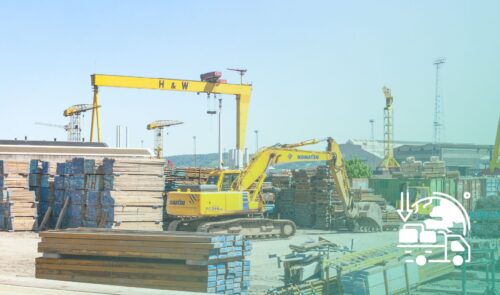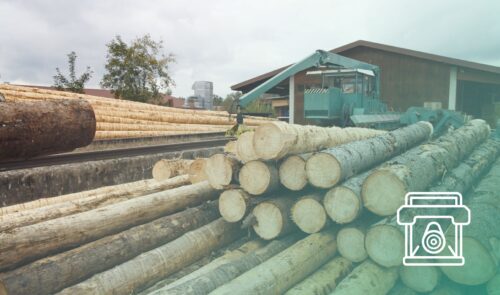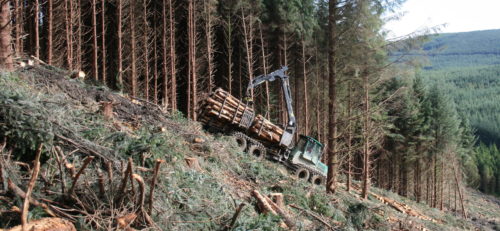
Climate Concerns
Even without an economic tailwind, innovation and climate concerns are seeing increased use of timber in construction.
The growing of timber removes carbon from the atmosphere and use in construction locks it in place for generations.
Harvesting trees as their growth rate plateaus allows new, faster growing trees to take their place and continue the cycle of carbon capture.
Technologies such as Cross Laminated Timber (CLT) can replace high carbon footprint materials such as steel and concrete in both houses and taller buildings.
CLT reduces waste, has improved fire resistance, and its lighter weight means smaller, more efficient foundations can be used.

Imports and Supplies
The majority of timber used in the UK is imported, primarily from the Baltic region but also from China, Brazil and the USA.
Prices of timber from these international markets will be impacted by global population growth, timber usage (as in the UK), geopolitical shocks, and also exchange rates.
Domestic timber supply from forests in the UK is expected to fall in the medium term due to reducing harvesting to more sustainable levels and replanting forests with more diversity than pure commercial timber production orientated species.
In the face of this supply contraction, the government remains supportive of tree planting with grants and tax incentives.

Inventory
In the short term, timber prices are also sensitive to inventory levels at sawmills. When end consumer demand outstrips the sawmill capacity to produce, timber prices rise.
When sawmill capacity outstrips the available harvestable timber, stumpage (standing trees) prices rise.
As the sawmill industry responds to increased demand for timber by adding new sawmills, there is a 2-3 year lag before that new capacity comes online.
In turn, more sawmills require more forests but there is a 40 year lag before a new forest might start producing timber.
This supply/demand dynamic can result in elevated timber and stumpage prices for long periods.
So what is the outlook?
The outlook therefore is that continued population growth and displacement of other high emission building materials by wood will drive growth in timber demand.
This growth in demand will be met by falling domestic supply and rising import prices, which should generate a trend of pushing the price of timber upwards, which feeds through into higher returns for forestry investors.
Contact a member of our team




